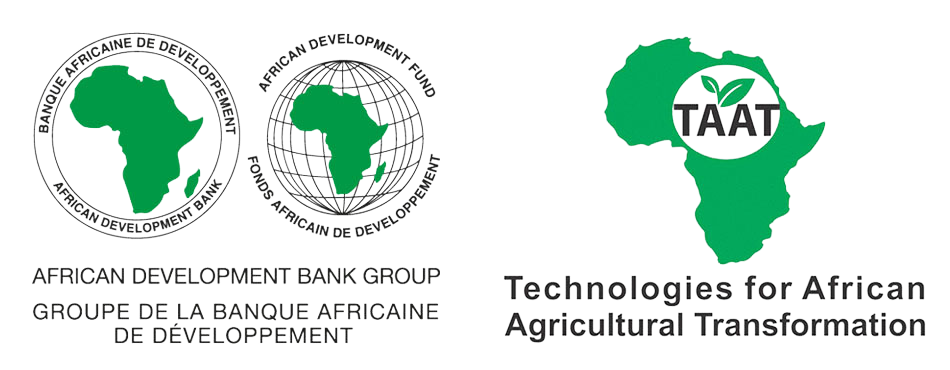

From Catch to Cuisine: Enhancing Fish Quality and Sustainability
This technology is a fish processing and preservation method involving the use of equipment such as solar tent dryers and smoking kilns. It addresses the challenge of fish's high perishability by improving shelf-life and enhancing taste and nutritional value. Solar dryers offer a low-cost alternative to refrigeration, and smoking kilns utilize smoke to kill microorganisms while drying the fish. These methods enable the production of various value-added fish products, providing economic opportunities, reducing post-harvest losses, and contributing to food quality and market appeal.
This technology is TAAT1 validated.
Filleting equipment
Equipment for skinning and deboning 10 to 20 fish/minute
A greenhouse-style solar dryer 15 m × 8 m with capacity of 850 kg fish per batch
Patent granted
Fish processing and preservation technologies play a vital role in addressing several issues in the industry:
This technology is beneficial for three main groups: manufacturers, resellers, and end users (farmers).
Manufacturers
Manufacturing the equipment of fish processing enhances efficiency, and adds value to the final products. To effectively enter this market, consider the following steps:
Source the raw materials required for manufacturing the equipment from reliable suppliers or manufacturers.
Identify efficient transportation methods to transport the equipment to various distribution points or end-users.
Explore suitable storage facilities to store the manufactured equipment safely before distribution or installation.
Your potential customers include wholesale distributors of equipment to retailers, as well as development projects, government agencies, and NGOs involved in fisheries and aquaculture initiatives.
Building strong partnerships with wholesale distributor networks is crucial for success. These partnerships will help ensure efficient distribution and reach a broader customer base.
Resellers
Selling the equipment of fish processing offers a valuable solution while fostering closer engagement with users and reducing significant harvest losses commonly experienced in the fish processing industry.
To successfully enter this market, consider the following steps:
Source the equipment from countries like Democratic Republic of the Congo, Burundi, Ethiopia, Kenya, Rwanda, Tanzania, Uganda, Benin, Ghana, Côte d’Ivoire, Mali, Nigeria, Senegal, Togo, Angola, Madagascar, Malawi, Mozambique, Zambia, Zimbabwe, where the technology is readily available and manufactured.
Identify efficient transportation methods to ensure timely delivery of the equipment to customers or distribution points.
Explore suitable storage facilities to store the equipment safely before distribution or installation.
Determine the cost of the technology, considering that there are many types and sizes of the equipment.
Target potential customers including fish farmers, development projects, and farmers' cooperatives or associations involved in fish processing and value addition activities.
Users
Utilizing mechanized processing and value addition technology for fish products enhances productivity, improves product quality, and contributes to environmental sustainability in the fishing industry. Moreover, integrating this technology can result in cost savings, efficiency gains, and increased market competitiveness.
As key partners, you will need sellers. you also need to:
Regarding the cost structure:
Determine the type and the size of the equipment you need for your business. An imported, handheld electric fish scaler costs 1,500 USD and fileting equipment is sold for 1,000 USD. Tabletop equipment for skinning and deboning with a capacity of 10 to 20 fish per minute is sold on international markets at 2,500 USD. A large greenhouse-style solar dryer 15 m long and 8 m wide on a concrete floor that has a carrying capacity of 850 kg fish per batch can be constructed for about 2,000 USD. Small Plexiglas dryers 1.75 m long and 1.5 m wide cost only 400 USD. Manually operated fish smoking kilns of medium-sized units running on charcoal and with a thermometer, able to smoke and dry up to 100 kg of fish cost about 700 USD to build. A fully automated kiln with a capacity of 150 kg fish per batch sells for 3,500 USD. Charcoal, and electricity may represent 30% to 40% of the operational expenses.
This initial investment is offset by the long-term savings in fuel costs, as mechanized systems often utilize renewable energy sources such as solar power or efficient fuel combustion.
Adults 18 and over: Positive high
The poor: Positive low
Under 18: Positive low
Women: Positive high
Climate adaptability: Moderately adaptable
Farmer climate change readiness: Significant improvement
Biodiversity: No impact on biodiversity
Carbon footprint: A bit less carbon released
Environmental health: Greatly improves environmental health
Soil quality: Does not affect soil health and fertility
Water use: Same amount of water used
Scaling Readiness describes how complete a technology’s development is and its ability to be scaled. It produces a score that measures a technology’s readiness along two axes: the level of maturity of the idea itself, and the level to which the technology has been used so far.
Each axis goes from 0 to 9 where 9 is the “ready-to-scale” status. For each technology profile in the e-catalogs we have documented the scaling readiness status from evidence given by the technology providers. The e-catalogs only showcase technologies for which the scaling readiness score is at least 8 for maturity of the idea and 7 for the level of use.
The graph below represents visually the scaling readiness status for this technology, you can see the label of each level by hovering your mouse cursor on the number.
Read more about scaling readiness ›
Uncontrolled environment: tested
Common use by projects NOT connected to technology provider
| Maturity of the idea | Level of use | |||||||||
| 9 | ||||||||||
| 8 | ||||||||||
| 7 | ||||||||||
| 6 | ||||||||||
| 5 | ||||||||||
| 4 | ||||||||||
| 3 | ||||||||||
| 2 | ||||||||||
| 1 | ||||||||||
| 1 | 2 | 3 | 4 | 5 | 6 | 7 | 8 | 9 | ||
| Country | Testing ongoing | Tested | Adopted |
|---|---|---|---|
| Angola | –No ongoing testing | Tested | Adopted |
| Benin | –No ongoing testing | Tested | Adopted |
| Burundi | –No ongoing testing | Tested | Adopted |
| Côte d’Ivoire | –No ongoing testing | Tested | Adopted |
| Democratic Republic of the Congo | –No ongoing testing | Tested | Adopted |
| Ethiopia | –No ongoing testing | Tested | Adopted |
| Ghana | –No ongoing testing | Tested | Adopted |
| Kenya | –No ongoing testing | Tested | Adopted |
| Madagascar | –No ongoing testing | Tested | Adopted |
| Malawi | –No ongoing testing | Tested | Adopted |
| Mali | –No ongoing testing | Tested | Adopted |
| Mozambique | –No ongoing testing | Tested | Adopted |
| Nigeria | –No ongoing testing | Tested | Adopted |
| Rwanda | –No ongoing testing | Tested | Adopted |
| Senegal | –No ongoing testing | Tested | Adopted |
| Tanzania | –No ongoing testing | Tested | Adopted |
| Togo | –No ongoing testing | Tested | Adopted |
| Uganda | –No ongoing testing | Tested | Adopted |
| Zambia | –No ongoing testing | Tested | Adopted |
| Zimbabwe | –No ongoing testing | Tested | Adopted |
This technology can be used in the colored agro-ecological zones. Any zones shown in white are not suitable for this technology.
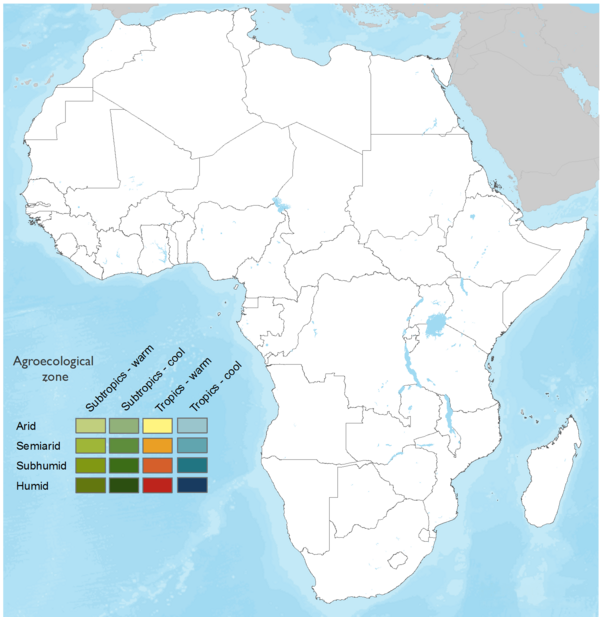
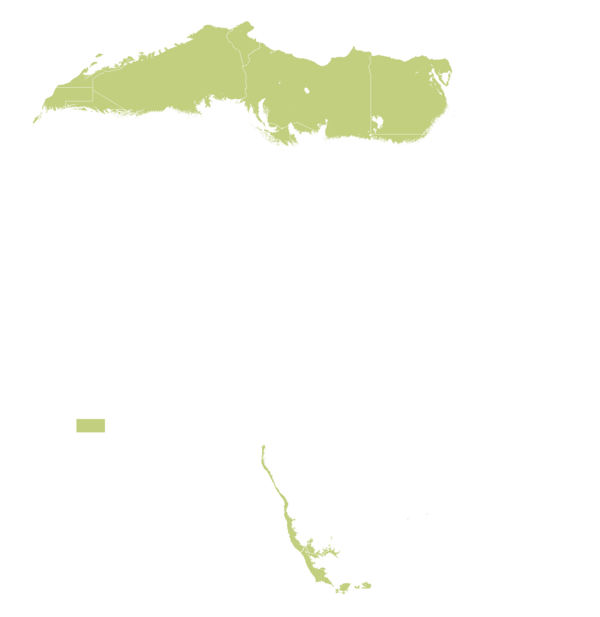

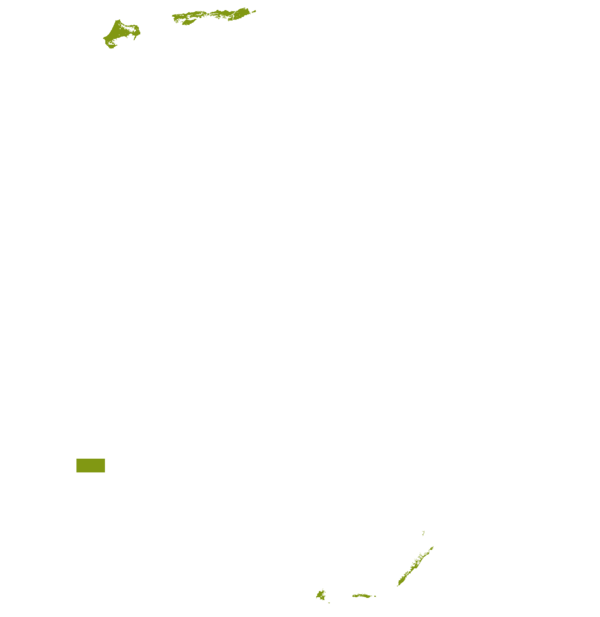


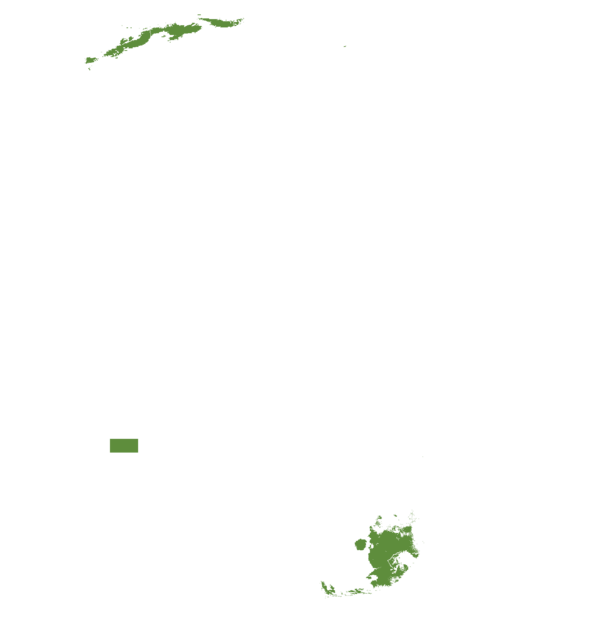
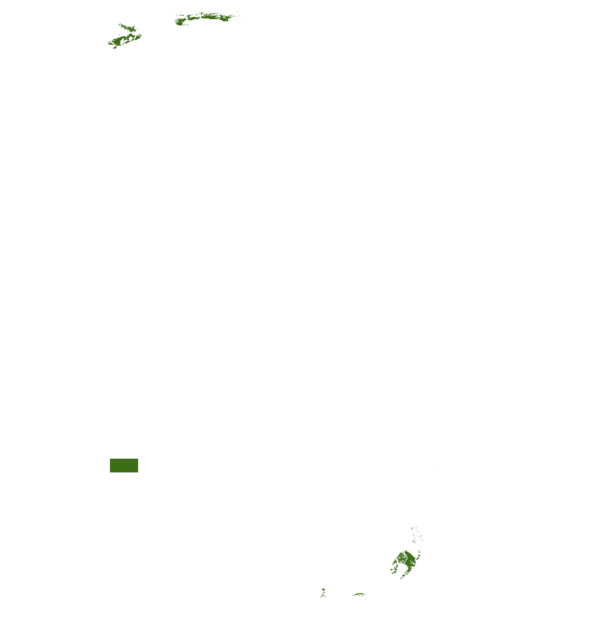

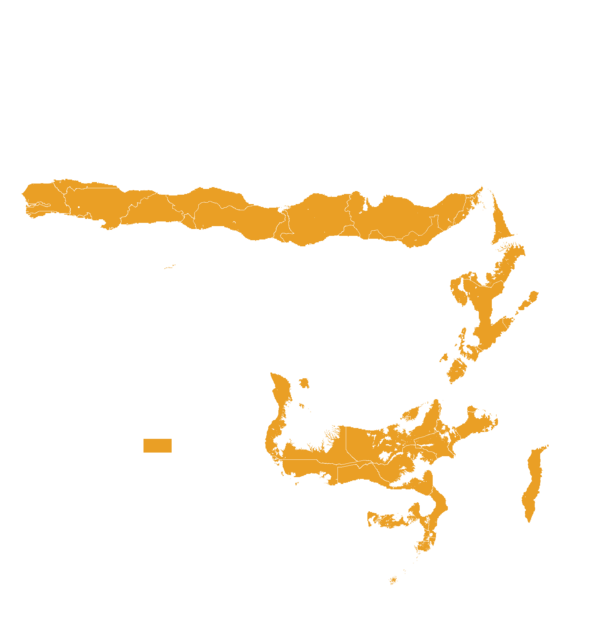
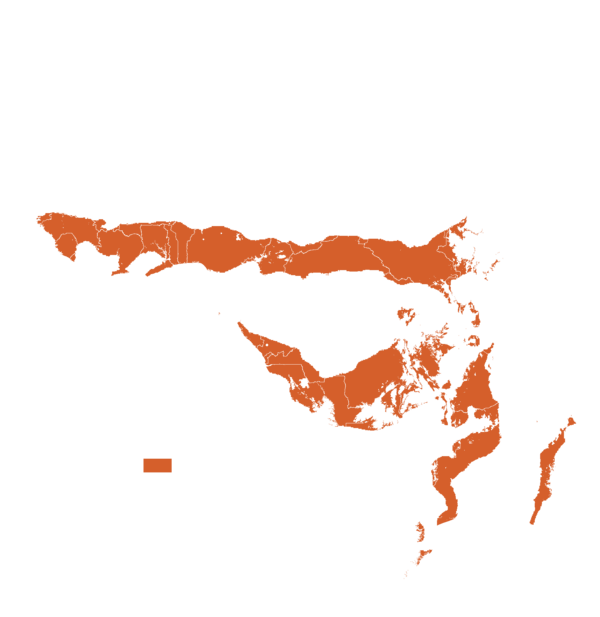

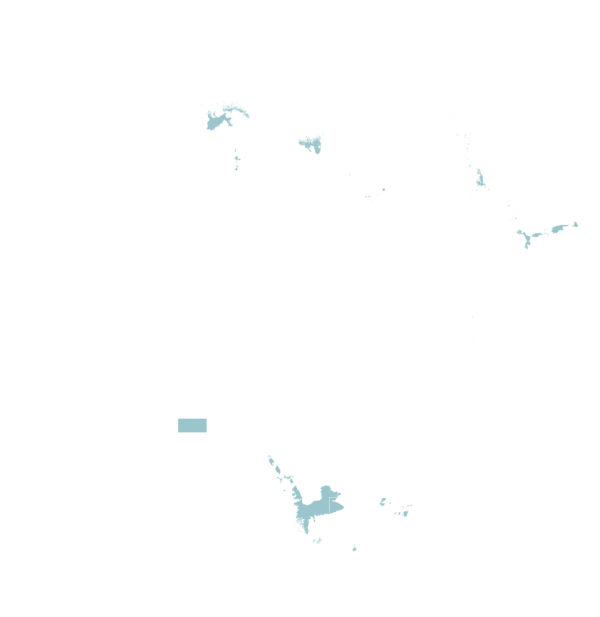

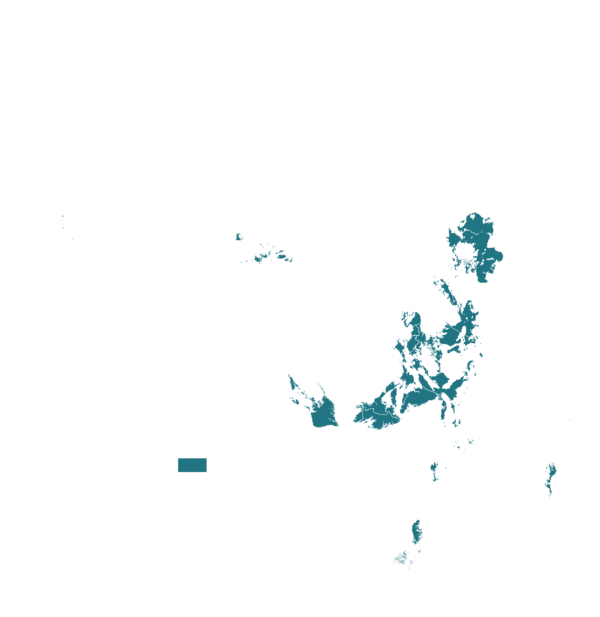
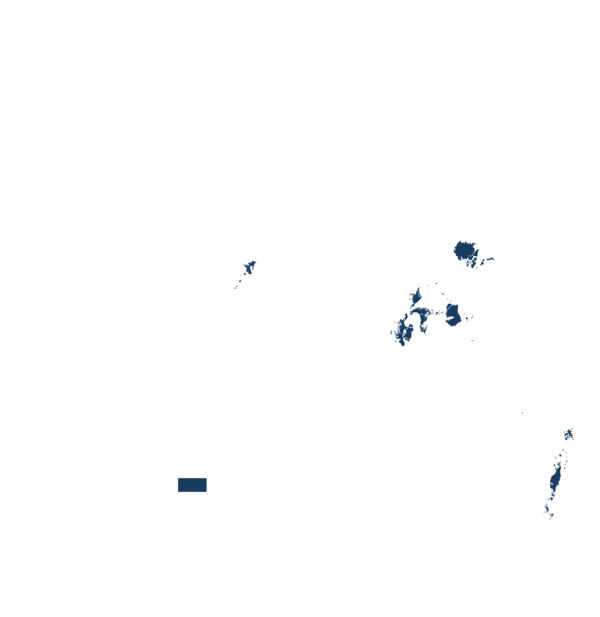
| AEZ | Subtropic - warm | Subtropic - cool | Tropic - warm | Tropic - cool |
|---|---|---|---|---|
| Arid | ||||
| Semiarid | ||||
| Subhumid | ||||
| Humid |
Source: HarvestChoice/IFPRI 2009
The United Nations Sustainable Development Goals that are applicable to this technology.

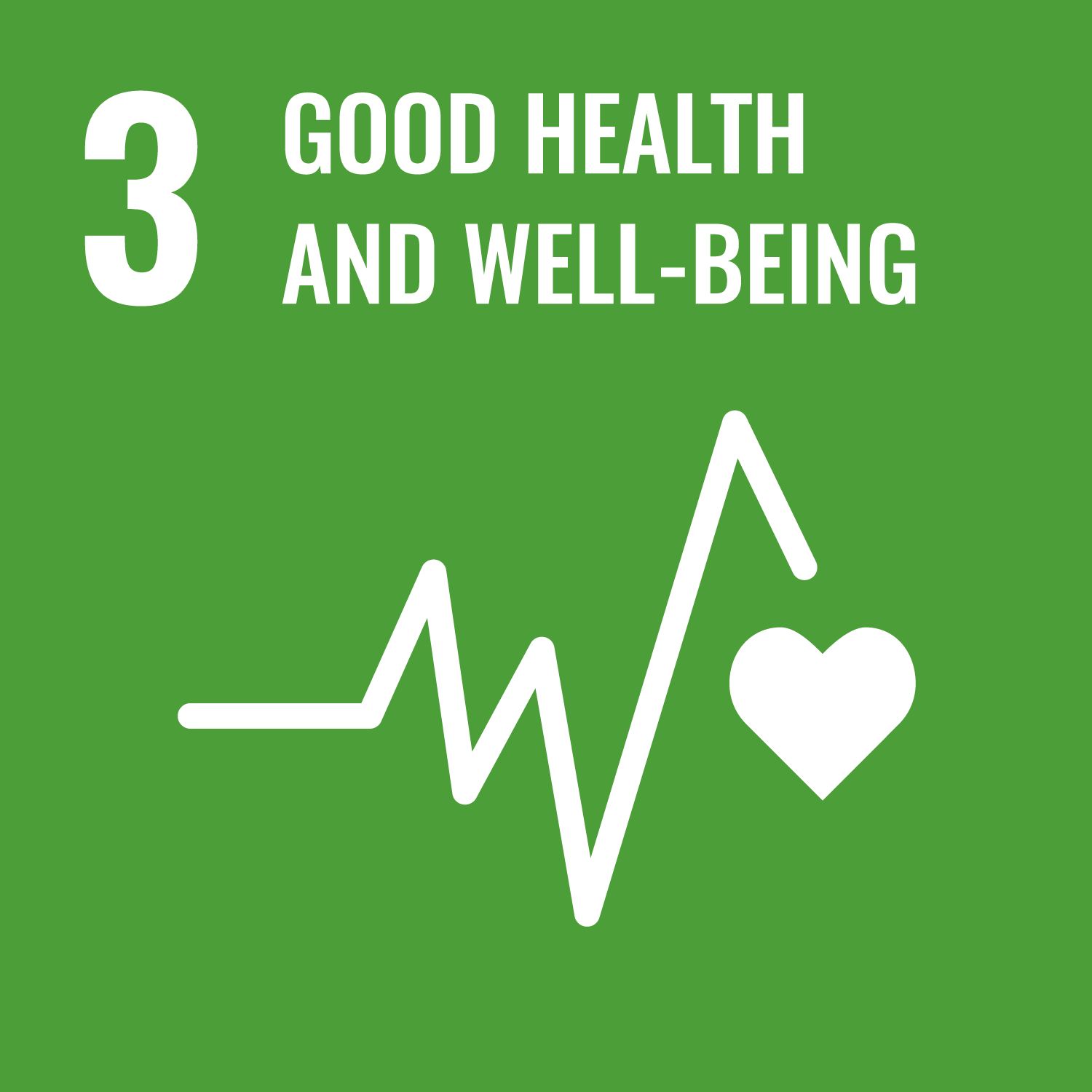
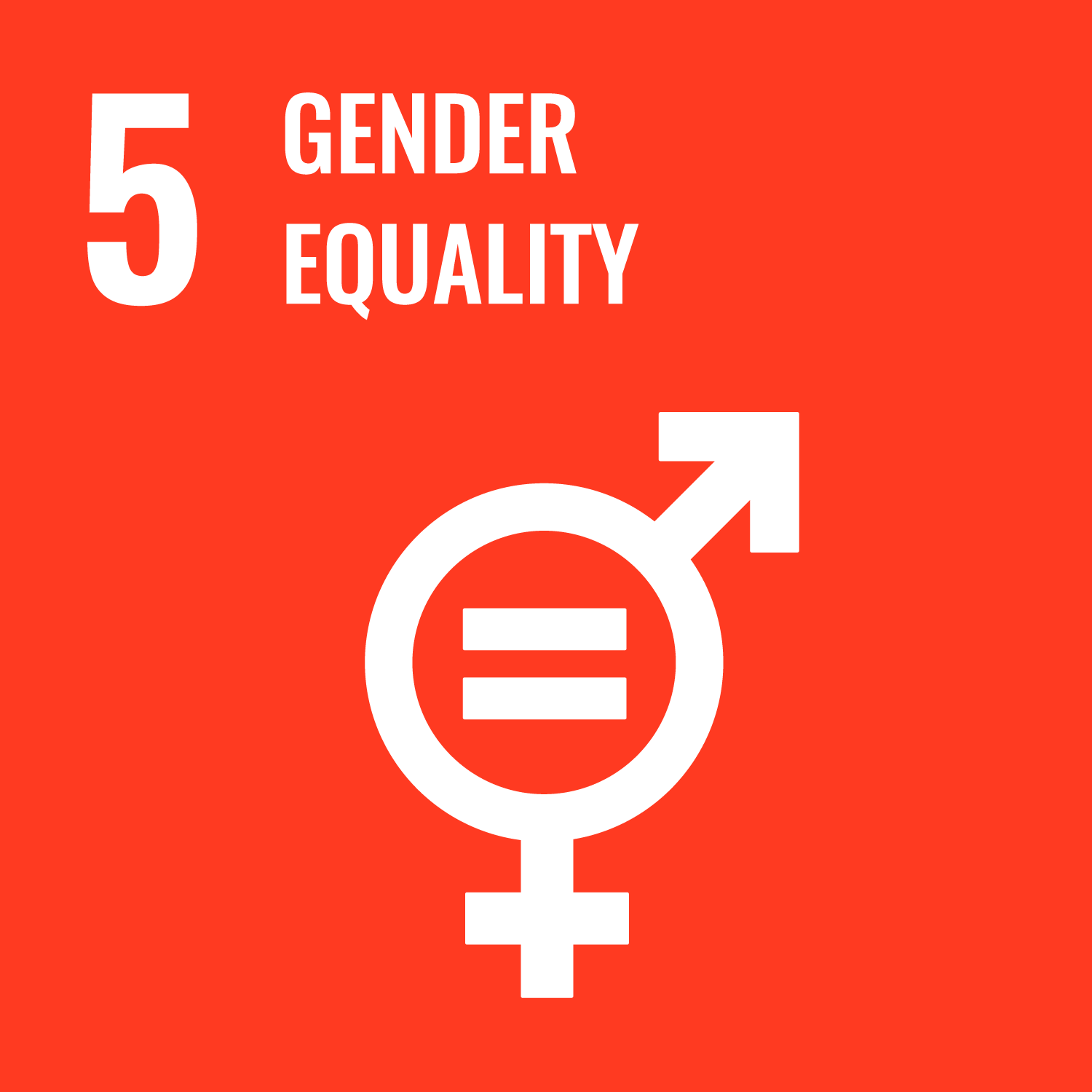
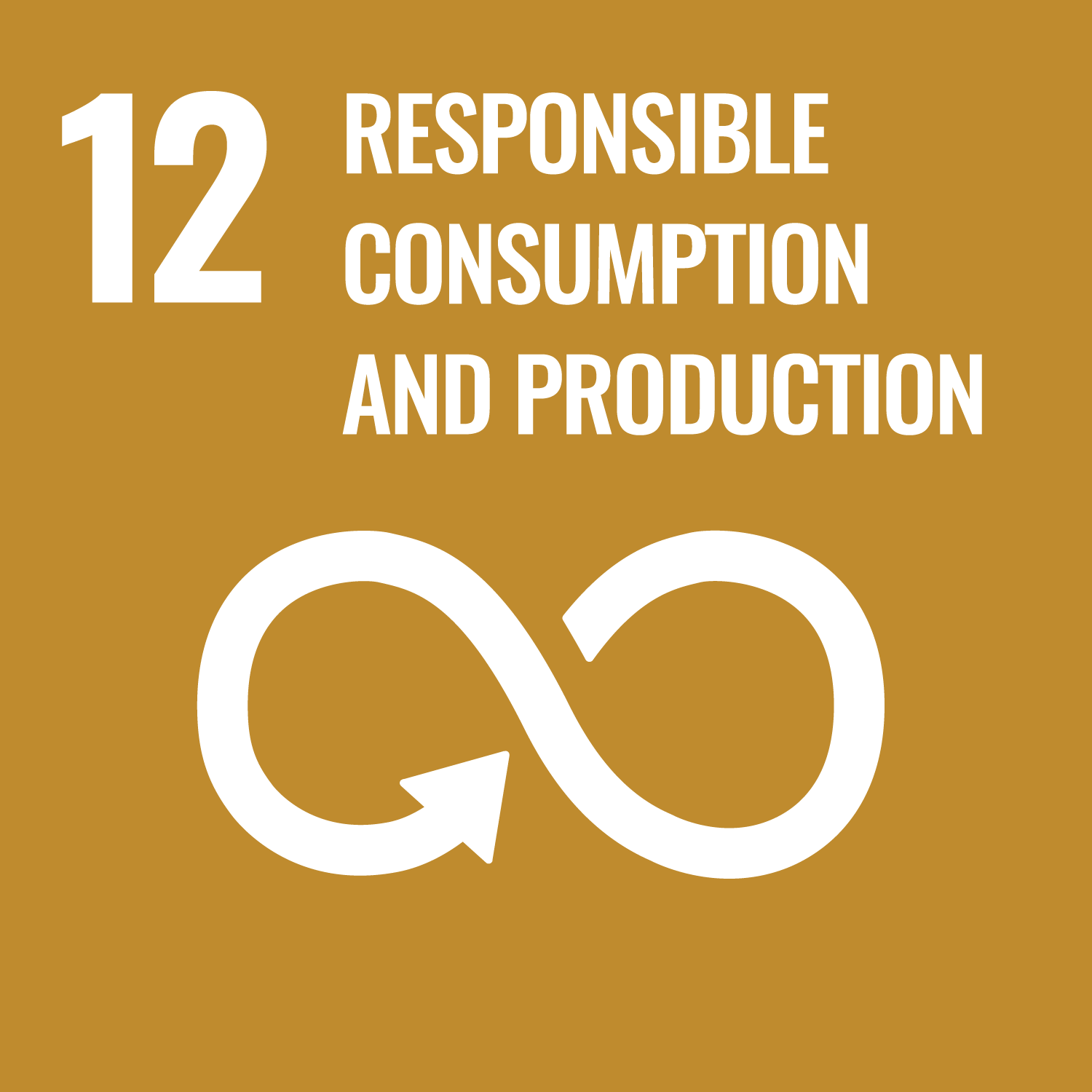
Last updated on 7 November 2025